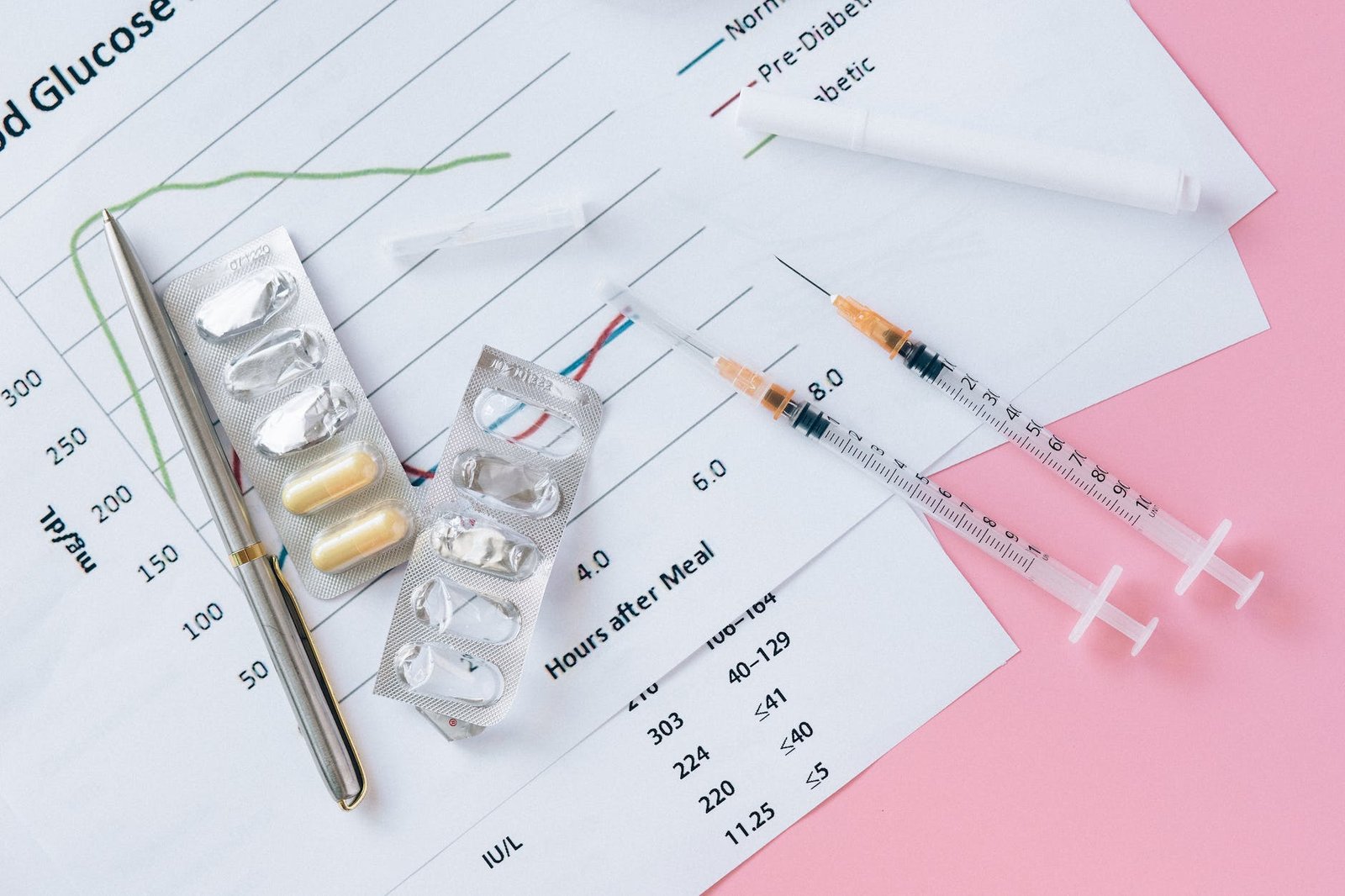
Beat the Spike: Emergency Measures to Lower Blood Sugar

Beat the Spike: Emergency Measures to Lower Blood Sugar
Introduction
Understanding how to effectively control and manage blood sugar levels is essential for anyone dealing with diabetes. High blood sugar levels, also known as hyperglycemia, can lead to various health complications. It's therefore crucial to take emergency measures to lower blood sugar. Let's dive deep into understanding these vital practices and measures.
Understanding Blood Sugar Spikes: What Causes Them?
Blood sugar spikes occur when glucose levels in the blood increase. Common triggers include consuming foods rich in carbohydrates, lack of physical activity, illness, stress, and certain medications. Effectively managing these triggers is the first step towards blood sugar control.
Emergency Measures to Lower Blood Sugar
1. Hydration
Drinking plenty of water aids in flushing out excess glucose through the kidneys, thereby reducing blood sugar levels. However, individuals with kidney problems should consult their healthcare provider regarding suitable hydration levels.
2. Physical Activity
Regular exercise is a proven way to lower blood sugar levels as it enables muscles to utilize glucose for energy. Light exercises such as walking can effectively reduce high blood sugar.
3. Medication
People with diabetes may need emergency medication to bring down dangerously high blood sugar levels. Insulin, in particular, plays a pivotal role in managing blood sugar. It's critical to follow the prescribed dosage and schedule to avoid complications.
4. Meal Planning
Opting for a balanced, low-carbohydrate diet helps to maintain steady blood sugar levels. Include lean proteins, whole grains, and plenty of fruits and vegetables in your meals. A registered dietitian can assist in creating a personalized meal plan.
5. Regular Blood Sugar Monitoring
Continuous monitoring of blood glucose levels is essential to adjust your treatment plan and lifestyle changes as needed. Utilizing a blood sugar monitor ensures you are in the desired blood glucose range.
Managing Blood Sugar: Long-Term Strategies
While emergency measures are crucial, long-term management strategies ensure stable blood glucose levels. Implementing lifestyle changes such as consistent physical activity, a balanced diet, regular sleep patterns, and stress management techniques are all part of this broader approach.
1. Regular Exercise
Consistent, moderate-intensity exercise such as walking, swimming, or cycling can help to maintain optimal blood sugar levels. Exercise not only helps control blood glucose levels but also contributes to weight management and overall well-being.
2. Balanced Diet
A balanced diet rich in fiber, lean protein, and healthy fats is vital for blood sugar control. Additionally, controlling portion sizes and eating meals at regular intervals throughout the day can also help manage blood sugar levels.
3. Stress Management
High stress levels can negatively impact blood glucose levels. Incorporating stress management techniques like meditation, yoga, and deep-breathing exercises can have beneficial effects on blood sugar control.
4. Regular Check-ups
Routine medical check-ups allow for timely detection and management of any diabetes-related complications. These visits should include HbA1c tests to provide a comprehensive view of your blood glucose control over several months.
Conclusion
Effectively managing blood sugar spikes requires a two-pronged approach: immediate action when necessary and long-term strategies for sustainable control. Understanding and implementing these measures will go a long way in maintaining optimal health for individuals living with diabetes. By making conscious choices about diet, exercise, stress management, and regular medical check-ups, one can keep blood sugar levels within a safe range and lead a healthy, fulfilling life. https://diabetescurenow.com/









